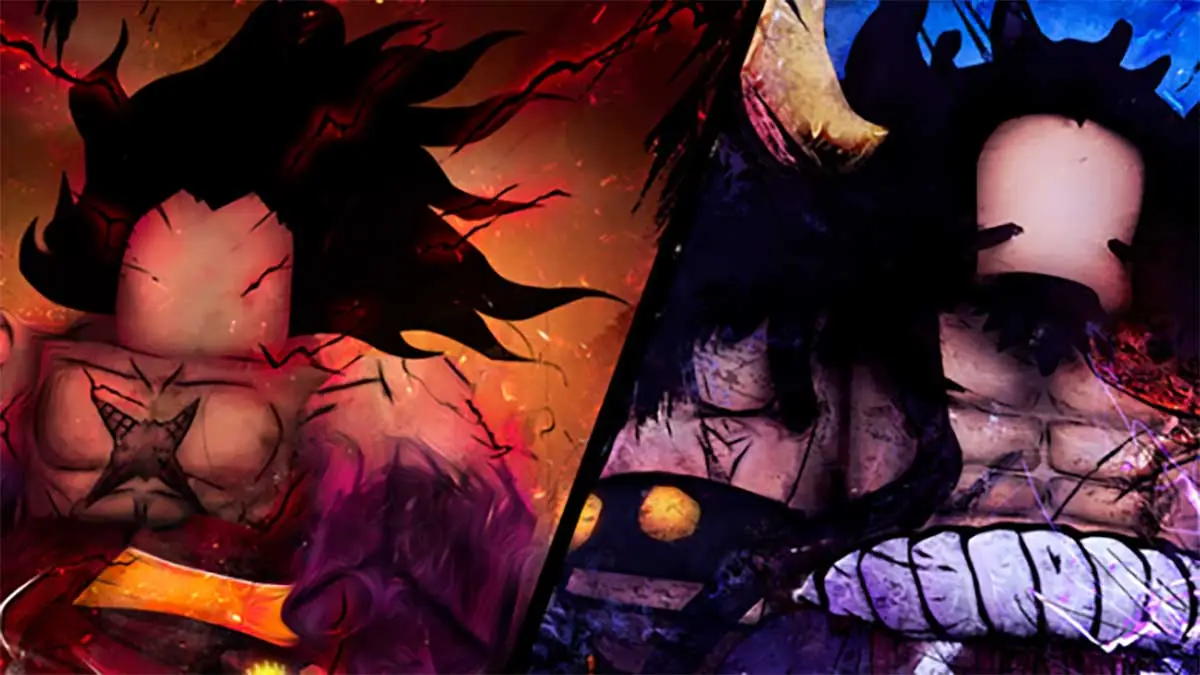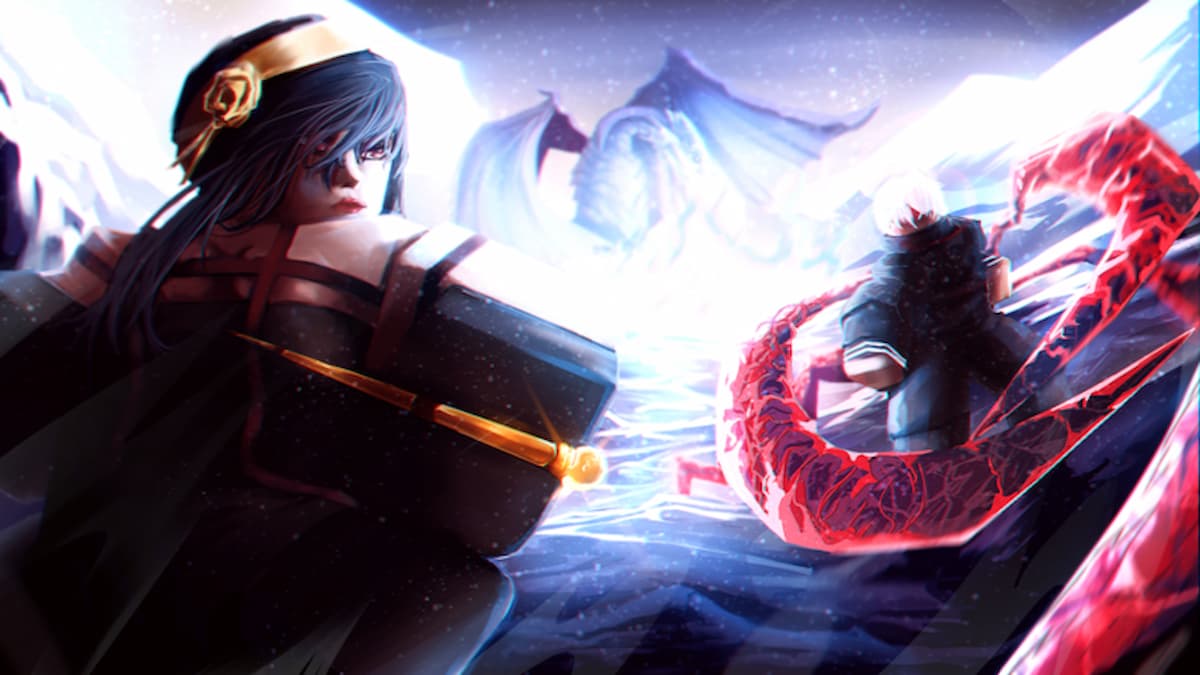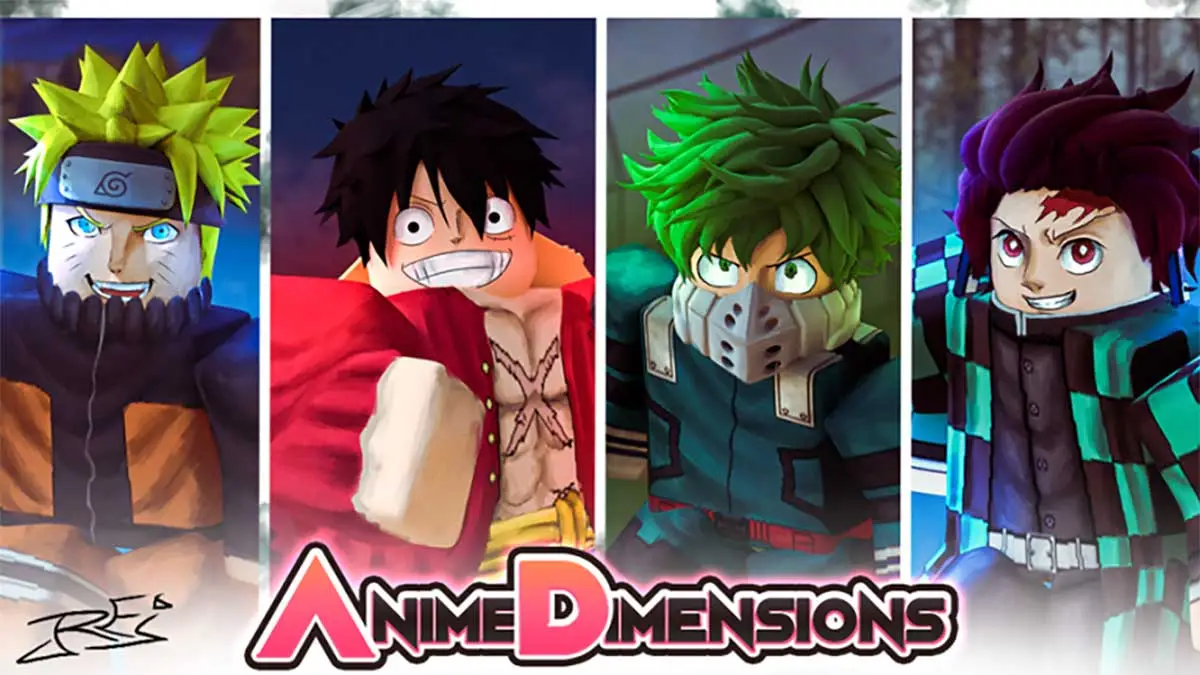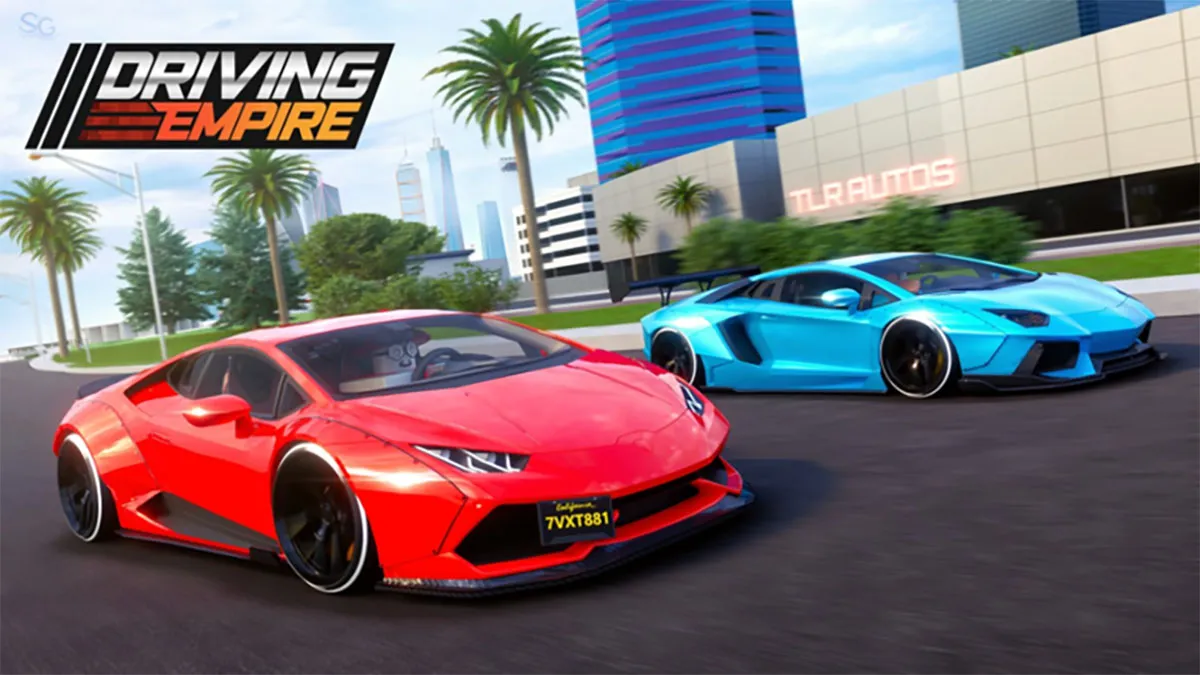When Monster Hunter World brought the franchise to PC, the community modded it as soon as possible. The Monster Hunter Rise modding scene is no less dedicated and quickly started making all kinds of changes, fixes, and other content. Many mods make the game easier or cut down the grind, while others add things best not discussed in polite company.
The mods in today’s list are all quality of life updates that don’t change how the game plays or alter mechanics. Instead, they make the experience of playing Monster Hunter Rise on PC more enjoyable in its vanilla state.
You should install all of the mods on this list manually. Using the Vortex Mod Manager has a chance to not place the mods in the correct locations, leading to error messages and possible client instability when you launch the game.
REFramework
Like DSFix, Cyber Engine Tweaks, and other mods that enable wider modding to their games, you won’t be doing too much modding in Monster Hunter Rise without REFramework installed. This mod does two things:
- It creates a path within Rise for additional modification. Once you install the mod, you’ll need to create a “reframework” folder within your Rise install location. All of the other mods on this list will have files and folders that go there.
- It creates an in-game interface that allows you to customize how individual mods function. You’ll be able to alter the timing, length, severity, and other parameters of the mods you install that require REFramework.
Installing mods into REFramework is usually fairly straightforward, and instructions are included in the other entries listed here.
RiseTweaks
RiseTweaks is a simple mod that adds a massive quality of life improvement mod for PC users: unlocking cutscenes from the 30 FPS limit. You’ll also be able to take the resolution scaling past the default max of 150% and customize the Image Quality settings beyond what’s available in-game. Be careful how much you change some of these settings, so you don’t break the solid 60 frame cap on PC. To install RiseTweaks, place the contents of the mod folder into the “reframework” folder, then modify the settings using the in-game UI.
Monster Weakness Icon Indicator for MHRise
Weakness Icon Indicator does exactly what it says in the title. Whenever you look at a monster’s drawing icon in-game, whether at the top right during a hunt, in the quest-selection screen, or otherwise, it will have its primary elemental weakness(es) as part of the icon. This is one mod that doesn’t require REFramework. To install it, place the contents of the mod folder in the primary Rise folder where the game’s .exe file is.
Remove Monster Kill-Cam Plus Stylish SlowMo Finishers
When you kill or capture a monster in Rise, the camera focuses on them either dying or going to sleep, making it awkward to move around and carve or otherwise forage for materials. The Remove Monster Kill-Cam mod fixes that, removing the weird camera shift instead of slowing down the kill or capture animation, so your character and cooperators look cool. You can control the length and severity of the slowdown with the REFramework UI. It can also remove the ending cutscene of your hunter petting their animal buddies, though there’s another mod on this list that’s focused entirely on that feature. To install this mod, you need to place it in the “autorun” folder within the “reframework” folder. If one doesn’t exist, make it.
Better Than Hanging (Quest End Skip)
If you have trouble getting the quest-ending cutscenes to go away with the slow-mo kill cam mod above, the Better Than Hanging mod is a one-and-done fix. Place the mod files in the “reframework” folder, and you should be good to go. Once the end-of-quest timer reaches the point where the ending cutscene would play — your hunter interacts with their buddies, etc. — you’ll be immediately sent back to the Village or Gathering hub.
MHR Overlay – Monster HP – Damage Meter (and more)

The most complicated mod on the list in both setup and visuals, the MHR Overlay more than makes up for that complexity in sheer utility. When you load into a hunt with the Overlay mod, you’ll see many different colored bars (they’re mostly green) all over your screen. Each represents the total health of all the monsters, big and small, currently on the map. The Overlay also shows your damage output and other hunters on your team, monster Rage buildup, Stamina degradation, and other status buildups. There are dozens of additional details on top of the big-ticket items. The Overlay is fully customizable in the REFramework UI, but you also need to download the REFramework Direct2D mod, which adds additional scripting capabilities to the standard REFramerwork tool.
Install the Direct2D mod first, ensuring the “reframework” folder contains all the contents of both the “autorun” and “plugins” folders. Next, transfer the Overlay files to the “reframework” folder, including “autorun,” “data,” and “fonts.” You shouldn’t need to overwrite anything. Provided there are no hiccups, you should be able to see info on everything on the map when you load into your next hunt.







Published: May 23, 2022 02:20 pm